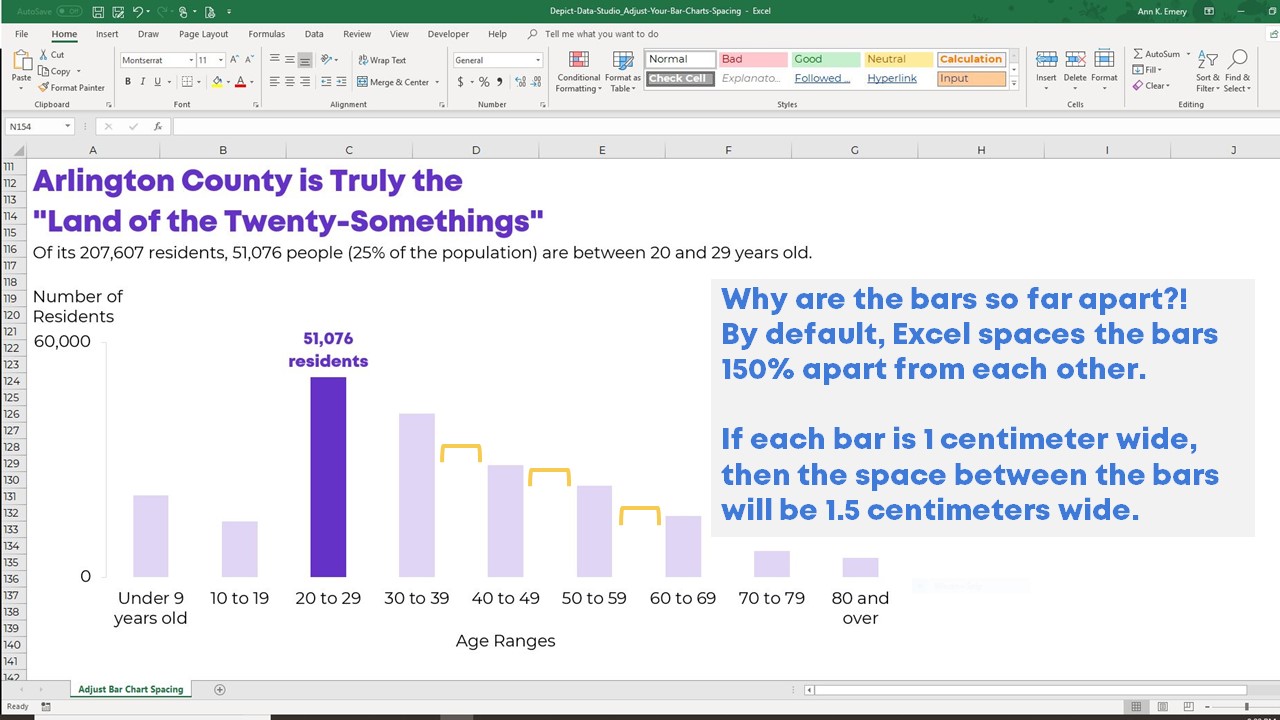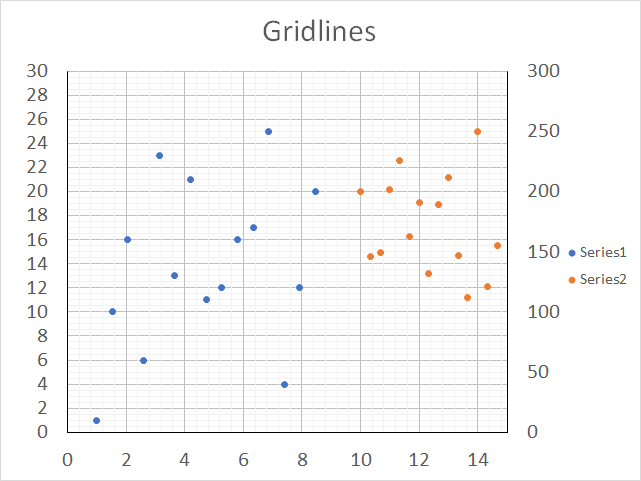
Instead of a formula, enter your target values in the last column and insert the Clustered Column - Line combo chart as shown in this example. Adding a target line or benchmark line in your graph is even simpler.The same technique can be used to plot a median For this, use the MEDIAN function instead of AVERAGE.The steps are totally the same, you just choose the Line or Line with Markers type for the Actual data series: In a similar fashion, you can draw an average line in a line graph. Switch to the All Charts tab, select the Clustered Column - Line template, and click OK:ĭone! A horizontal line is plotted in the graph and you can now see what the average value looks like relative to your data set:.Go to the Insert tab > Charts group and click Recommended Charts.Select the source data, including the Average column (A1:C7).In our case, insert the below formula in C2 and copy it down the column:
 Calculate the average by using the AVERAGE function. To have it done, perform these 4 simple steps:
Calculate the average by using the AVERAGE function. To have it done, perform these 4 simple steps: 
#Microsoft excel for mac major and gridlines for graphs how to#
This quick example will teach you how to add an average line to a column graph.

How to draw an average line in Excel graph
Extend the line to the edges of the graph area. Display the average / target value on the line. Plot a target line with different values. Microsoft Excel 2013, Excel 2016 and Excel 2019 provide a special Combo chart type, which makes the process so amazingly simple that you might wonder, "Wow, why hadn't they done it before?". In earlier Excel versions, combining two chart types in one was a tedious multi-step operation. The task can be performed by plotting two different types of data points in the same graph. In some situations, however, you may want to draw a horizontal line in another chart to compare the actual values with the target you wish to achieve. In the last week's tutorial, we were looking at how to make a line graph in Excel. Try it!Įditor's note: An example Excel document is provided as an aide to understanding this technique.This short tutorial will walk you through adding a line in Excel graph such as an average line, benchmark, trend line, etc. The next time you want to create a chart, just click or +, and Excel will generate a stacked column with no legend and dashed gridlines. (Not everything's better in 2010!)Įverything's set. In the resulting dialog box, click Set As Default Type. Right-click the altered chart and choose Chart Type. If you're using Excel 2003, it's much easier. Select DefaultStackedColumn and then click Set As Default Chart. Click the Insert tab and click the Charts group dialog launcher. Now we're ready to save this template as the default chart type, as follows: Enter DefaultStackedColumn as the chart template's name, and click Save. In the Type group, click Save As Template. With the chart selected, click the contextual Design tab. In the resulting dialog, choose Line Style in the left pane and then select Round Dot (second option) from the Dash Type dropdown.Īt this point, we've made a few basic changes, so let's save this chart as a template, as follows:. Right-click the plot area, choose Format Plot Area, and then choose Format Gridlines. Select Stacked Column (the second thumbnail in the first line) and click OK. Or, click the Design tab and select Change Chart Type in the Type group. To change the chart's type, right-click the chart and choose Change Chart Type. By default, Excel created a column chart. Press to create a shortcut in a new worksheet. That's the shortcut for creating a chart in the current worksheet. To illustrate this quick and easy switch-a-roo, let's base a stacked bar chart on the data shown below and make a few changes, as follows: Then, save the template as your default chart. First, you create a chart that fulfills your charting requirements and save it as a template. Instead, change the default chart type and its attributes to fit your needs. 
If you consistently change Excel's chart defaults, you're wasting time.








 0 kommentar(er)
0 kommentar(er)
